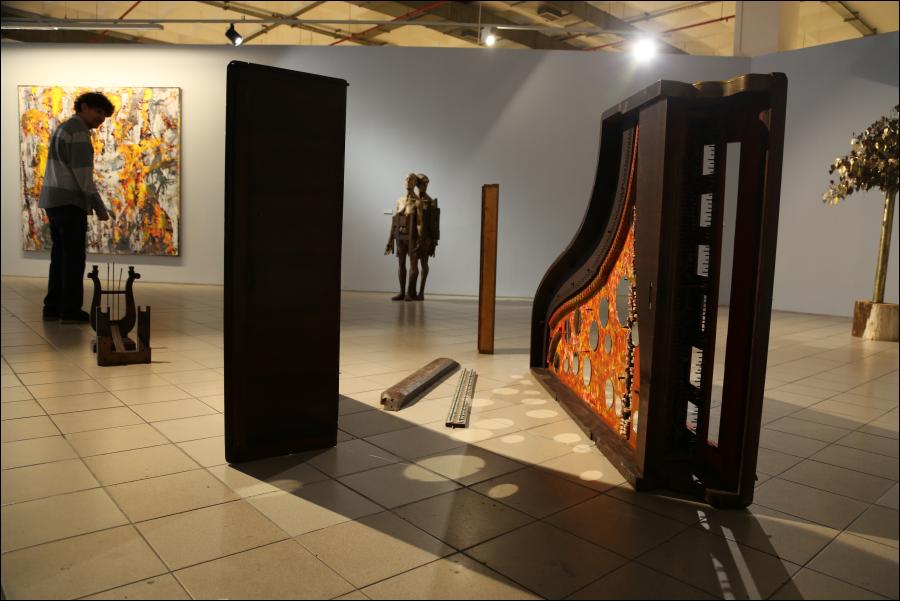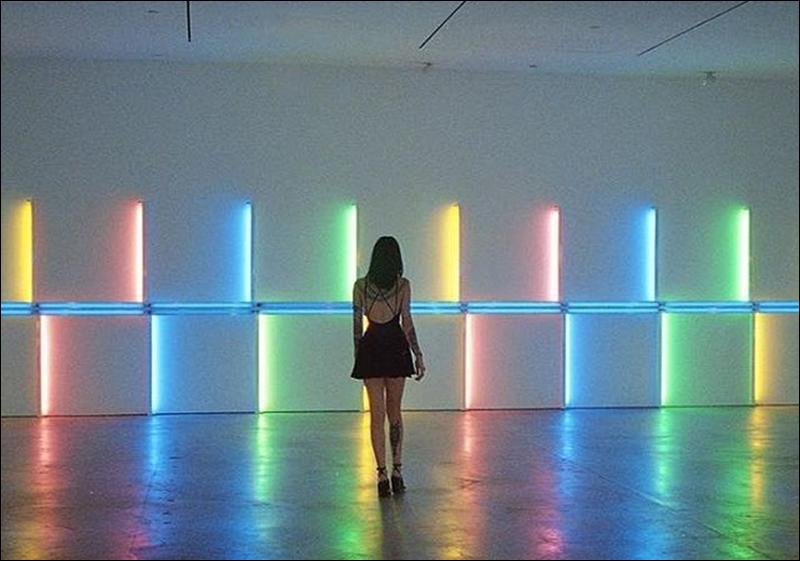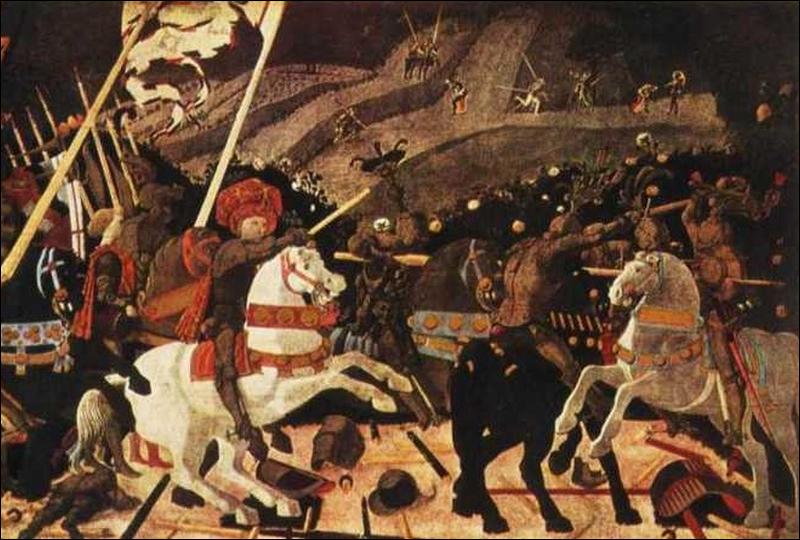Ever since the sixth and seventh decades of the 19th century not only tools but also pictures of animals engraved on bone and rock, and even miniature works of art, had been found. Finally, in 1901, two caves in the Dordogne, in southern France, were unearthed, Font-de-Gaume and Les Combarelles, which were both adorned with paintings.
Art movements throughout the course of history
Art historians employ a number of ways to group world arts into systems of classification. They subdivide the continuous flow of artworks through time and space into groupings. These groupings are defined by the perception that the artworks within them share a single quality or a set of qualities that are significant. Significant qualities reflect a specific approach of an artist; they can include the formal, stylistic, iconographic, thematic, or other aspects of art.
The Birth of a God and Symbolism in Salvador Dali Artworks
Salvador Dalí employed extensive symbolism in his work. For instance, the hallmark “melting watches” that first appear in The Persistence of Memory suggest Einstein’s theory that time is relative and not fixed. The idea for clocks functioning symbolically in this way came to Dalí when he was staring at a runny piece of Camembert cheese on a hot August day.
Illumination: Manuscript paintings in gold and silver
Strictly speaking, the term only applies to manuscript paintings if they are heightened in gold and silver. The texts of some Ancient Egyptian papyri were interspersed with illustrations. The Codex, a book bound in sheets, first appeared in the 4th century A.D. and provided opportunities for a new art, since text and illustrations were kept separate
The painting of historical subjects
The painting of historical subjects was already common in Antiquity (‘The Battle of Alexander’) and it was widely practised by Renaissance artists (Uccello, ‘The Rout of San Romano’; Titian, ‘The Battle of Cadore’, ‘General del Vasco addressing his soldiers’; Tintoretto, ‘The Battle of Zara’; and Leonardo’s famous cartoon, since lost, of ‘The Battle of Anghiari’).
Art as a concept exists only in the realm of the mind
We can speak of Art and of the Arts. Art as a concept exists only in the realm of the mind. When it enters the world of the senses a ‘work of art’ results. It can be three-dimensional, as in sculpture and architecture, or two-dimensional, as in painting and drawing. Additionally, there are music and poetry, whose ‘dimension’ is time. The arts can further be divided into those that appeal to the eye and the sense of touch, and those that appeal to the ear. Only the former concern us here.





